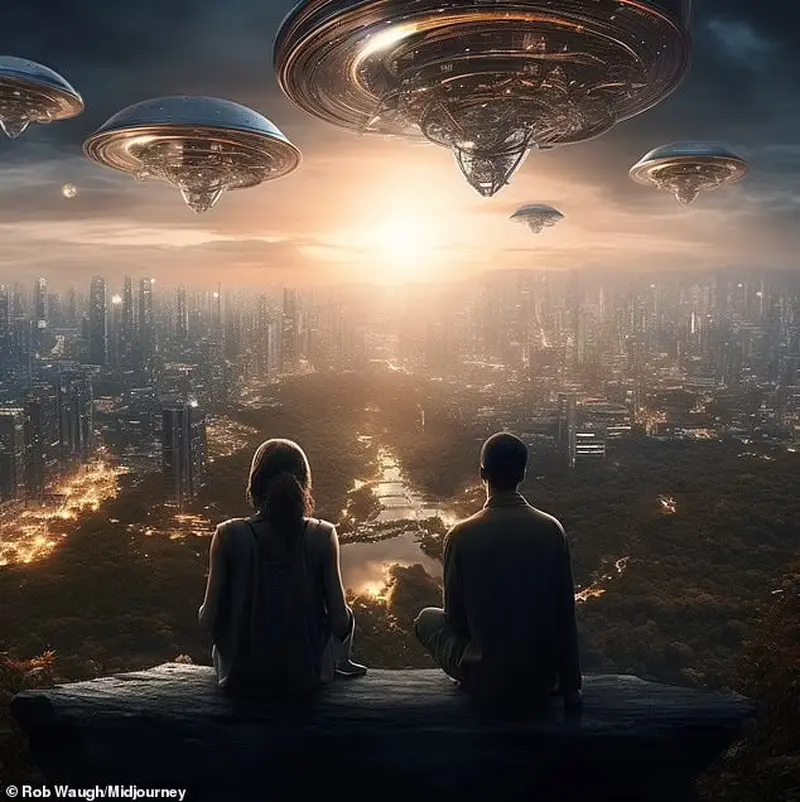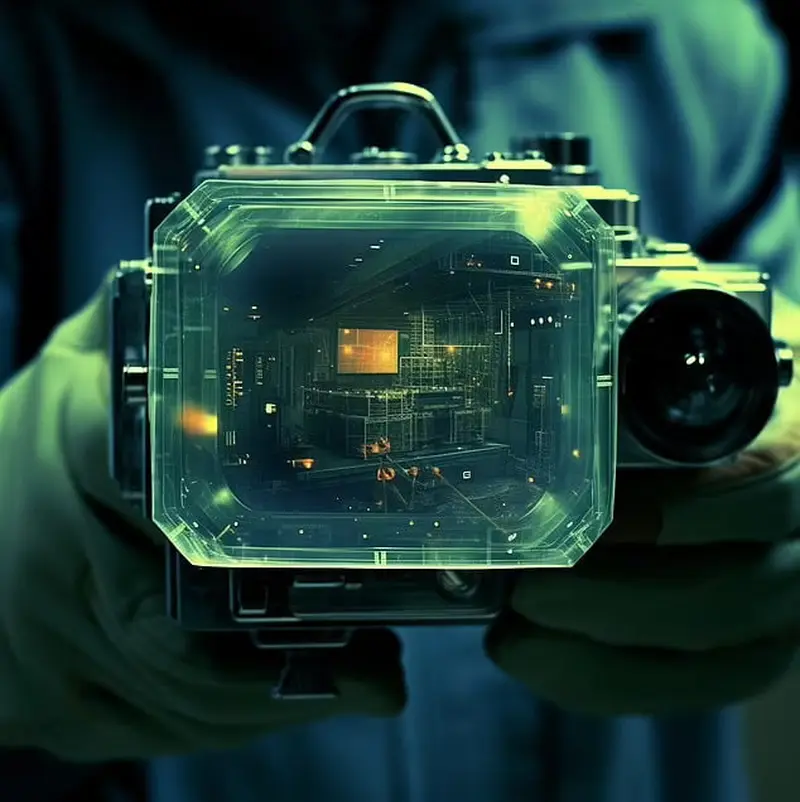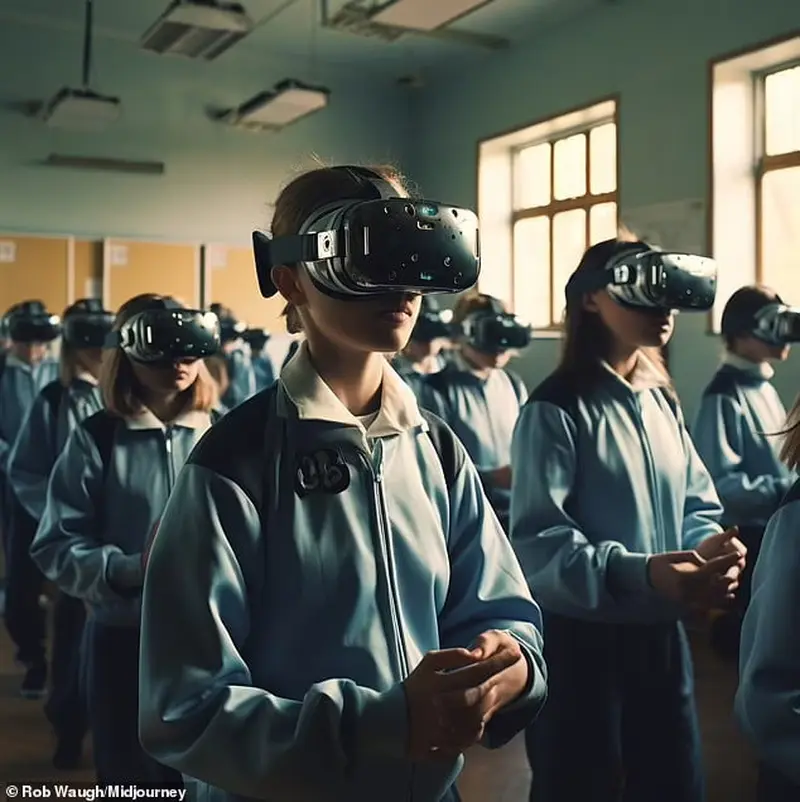All these scenarios seem to be taken straight from science fiction films. However, by the year 2100, they may become entirely real.
Ed Johnson, CEO and co-founder of PushFar, is confident: “By 2100, our lives won’t just be connected to technology.” According to the head of the mentoring and learning software company, technologies will “guide, shape, and mentor us.”
So how will technology change the world of the future?
“Digital humans” will live among us
Humanoid robots and “digital friends” will coexist with humans. They will perform a wide range of functions—some conducting complex surgeries, others cleaning waste, and some simply providing companionship.
Experts say that AI-powered digital humans and humanoid robots will become a normal part of everyday life.
“Society must evolve in line with technological advancements, or we risk becoming an isolated and closed-off race.” That’s the view of Rob Sims, co-founder and CEO of Sum Vivas, a company that creates advanced AI-powered digital humans for the real world and the future metaverse.

AI mentors will decide what jobs we do
In the future, every person will have their own personal AI mentor. This mentor will guide them and even make decisions—such as what job they should pursue—according to Daily Mail.
Ed Johnson believes these mentors will “harness the power of quantum computing to rapidly process data on infinite possibilities.”
“You won’t have to wonder what career to choose—your AI mentor will decide for you, providing all the necessary information to make a final decision,” he added.
Cities will move underground
By the end of this century, surface space will become scarce. As a result, much of urban infrastructure will shift underground. Surveyors will use augmented reality to map new living spaces and buildings, while robots will dig tunnels. This vision comes from the robotics company HyperTunnel.
Meanwhile, specialists are already developing plans for underground cities. For example, Mexican architects from BNKR Arquitectura have created concepts for so-called “earthscrapers”—skyscrapers built downward into the earth. One such structure is a 65-story inverted pyramid inspired by iconic Aztec architecture. The goal is to solve Mexico City’s space problems while preserving its historic center.

Watermarks on cameras will protect against deepfakes
Governments will require camera manufacturers to embed watermarks so people can trust what they see in videos. Deepfakes will become increasingly common and indistinguishable from real content.
Tim Callan, Chief Experience Officer at the security firm Sectigo, said: “With the growing sophistication of deepfake technology, it will become harder for people to tell real photos, videos, or audio apart from fake ones. That’s why by 2100, all recording devices will feature built-in encrypted markers acting as watermarks. They’ll help distinguish real images from forgeries.”

Children will attend virtual schools
AI mentors will take over education. “They will teach in virtual reality classrooms, which students will use to travel through time,” said Nimesh Patel, CEO and founder of the education company Kabuni.
“Imagine a world where the cornerstone of education is not a traditional school, but a teacher-avatar,” he added.

According to Patel, education in 2100 will be immersive, expansive, and multisensory. Students will ride virtual space elevators to learn astrophysics, time-travel to study history, and engage with their personal AI mentors.
